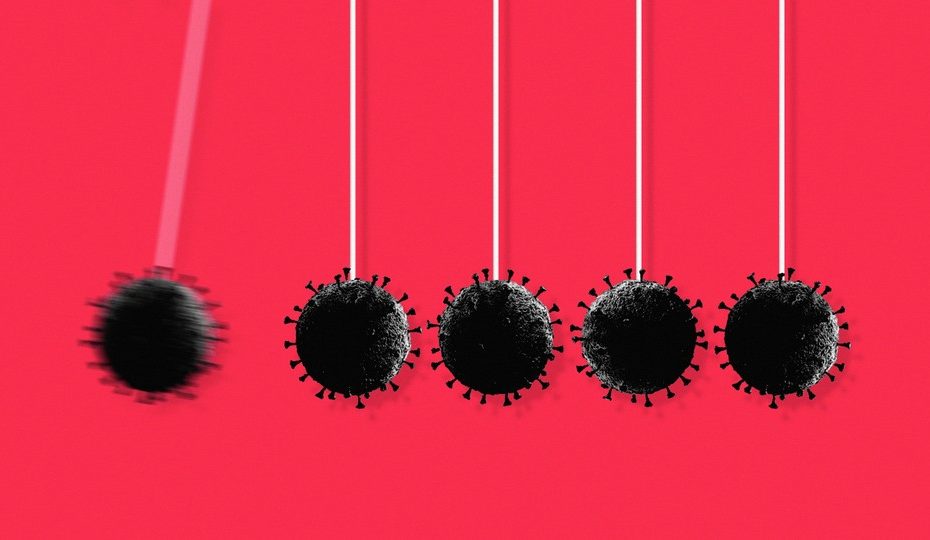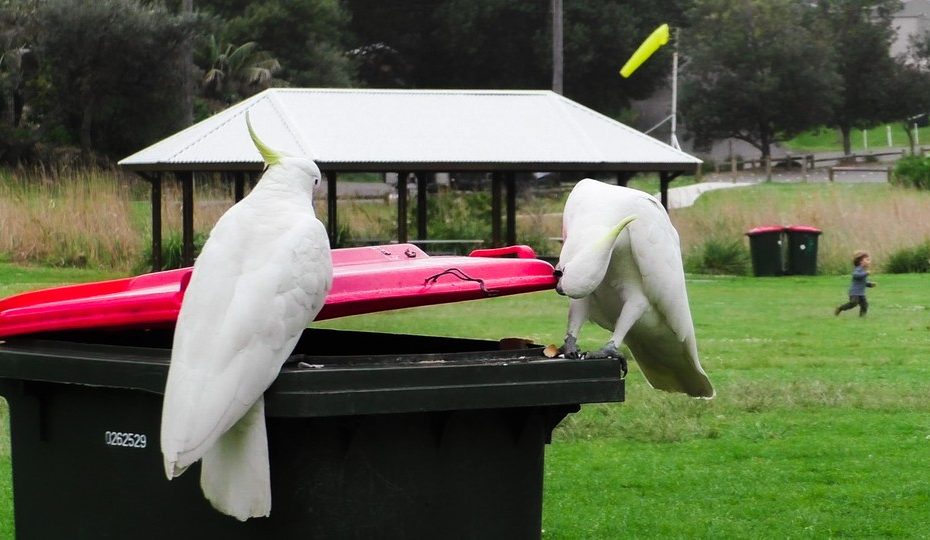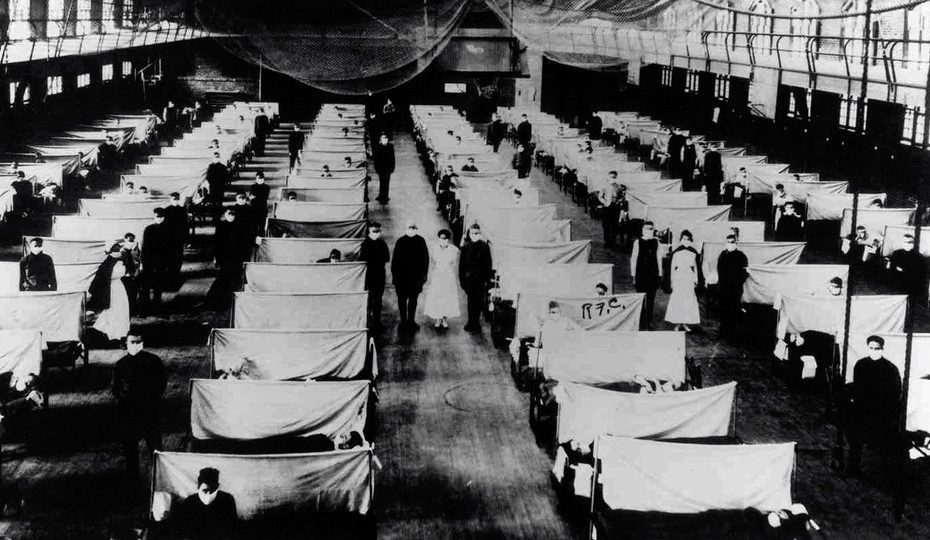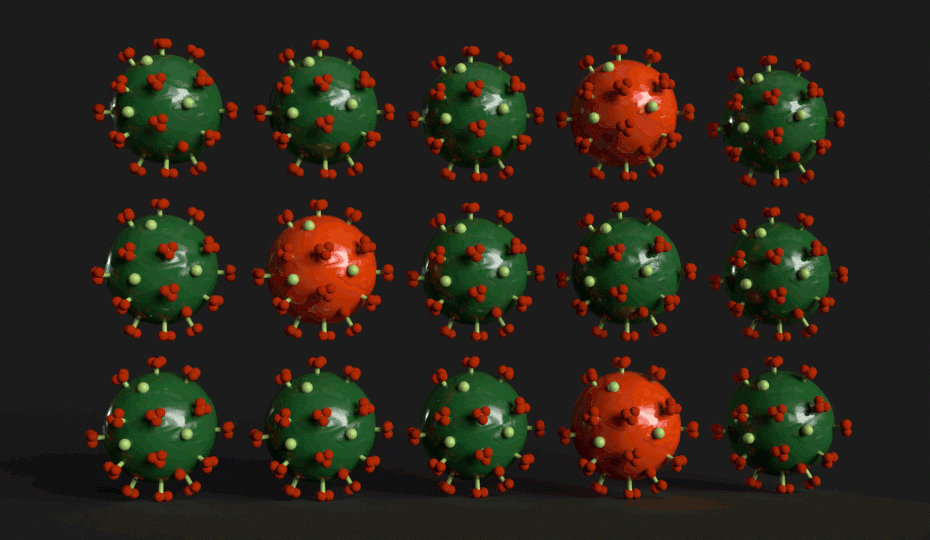Omicron Is Pushing America Into Soft Lockdown
“I do not see a scenario for any kind of shutdown,” New York City Mayor Bill de Blasio declared this week, as parts of New York were in fact shutting down all around him. Broadway canceled show after show. Restaurants closed their kitchens. De Blasio’s successor, Eric Adams, who will take office January 1, nixed his inauguration gala. There has been no March 2020–style universal shutdown, but New York is not back anymore, baby.


























